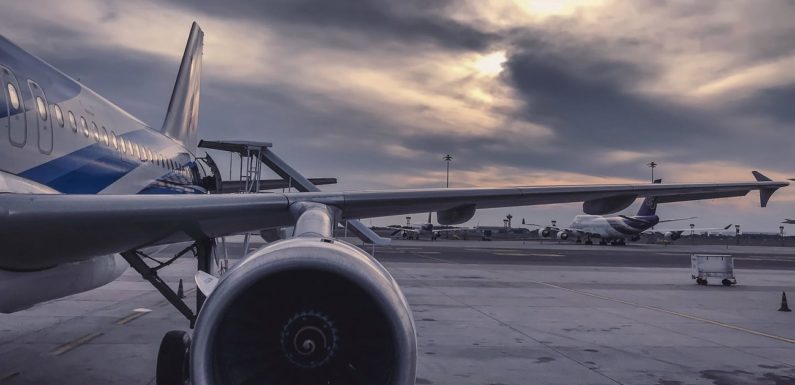
The airline industry may have experienced a major disruption during the past year, but innovation is still underway as aircraft manufacturers see a great deal of opportunity. As with any other industry, the development of aircraft manufacturing is heavily influenced by the presence of new technology. With the rise of artificial intelligence and data analytics, the world’s major manufacturers — including Airbus, FACC, Boeing, Lockheed Martin, and the Raytheon Company — are pumping more resources into their R&D budgets in the hopes that they can provide better experiences for passengers.
It might take some time before actual developments materialize, but it matters a lot to know what aircraft designers are putting in their blueprints. For that, here are a few important developments that are shaping the future of aircraft design:
A focus on sustainability
The reality of climate change has urged aircraft manufacturers to incorporate sustainability into their newest concepts. This should highlight better fuel economy and a dramatic reduction in their carbon footprints. With United Airlines launching its first ever eco-friendly flight in 2019, manufacturing aircraft that operate on biofuel will become more prevalent.
There is only the issue of making aviation biofuels less expensive than jet fuels. At present, the International Energy Agency sees aviation biofuel production to comprise only 10% of total fuel demand in less than a decade. Nonetheless, manufacturers can still come up with engine designs that optimize biofuel consumption for greater cost-efficiency.
Laser welding for weight reduction
Lasers have a special place in aircraft production, laser solutions are commonly used for part identification, bonding preparation and mold cleaning off of metal parts. More recently, lasers can be applied as less costly means to weld larger aircraft structures together.
Through a process known as laser welding, the edges of two structures are melted and joined together for a more secure, cavity-free hold. With this, manufacturers can save more in terms of cost, since the process involves minimum sealing material and allows for welding inaccessible parts. More importantly, it can also lead towards the production of lighter and more fuel efficient aircraft.
Much like biofuels, laser welding technology can be costly. Nonetheless, manufacturers will still see this as a means to produce more efficient and resilient commercial aircraft.
AI as a design aide
There is no questioning AI’s place across various industrial applications. In terms of aircraft design, manufacturers can use AI-powered software to test different configurations and designs for parts. In addition, designers can run validation tests and create 3D models that are subjected to real-world physics. Through this, aircraft manufacturers can avoid running costly tests and come up with accurate estimates that ensure a higher chance of success.
AI design and validation tools are still undergoing refinement, but investments in machine learning can help develop more accurate software that will help streamline design processes.
These recent developments in aircraft design may have flown under the radar, but their impact could very well have a significant place in the future of air travel. It’s only a matter of key players making greater investments in new tools and approaches.
